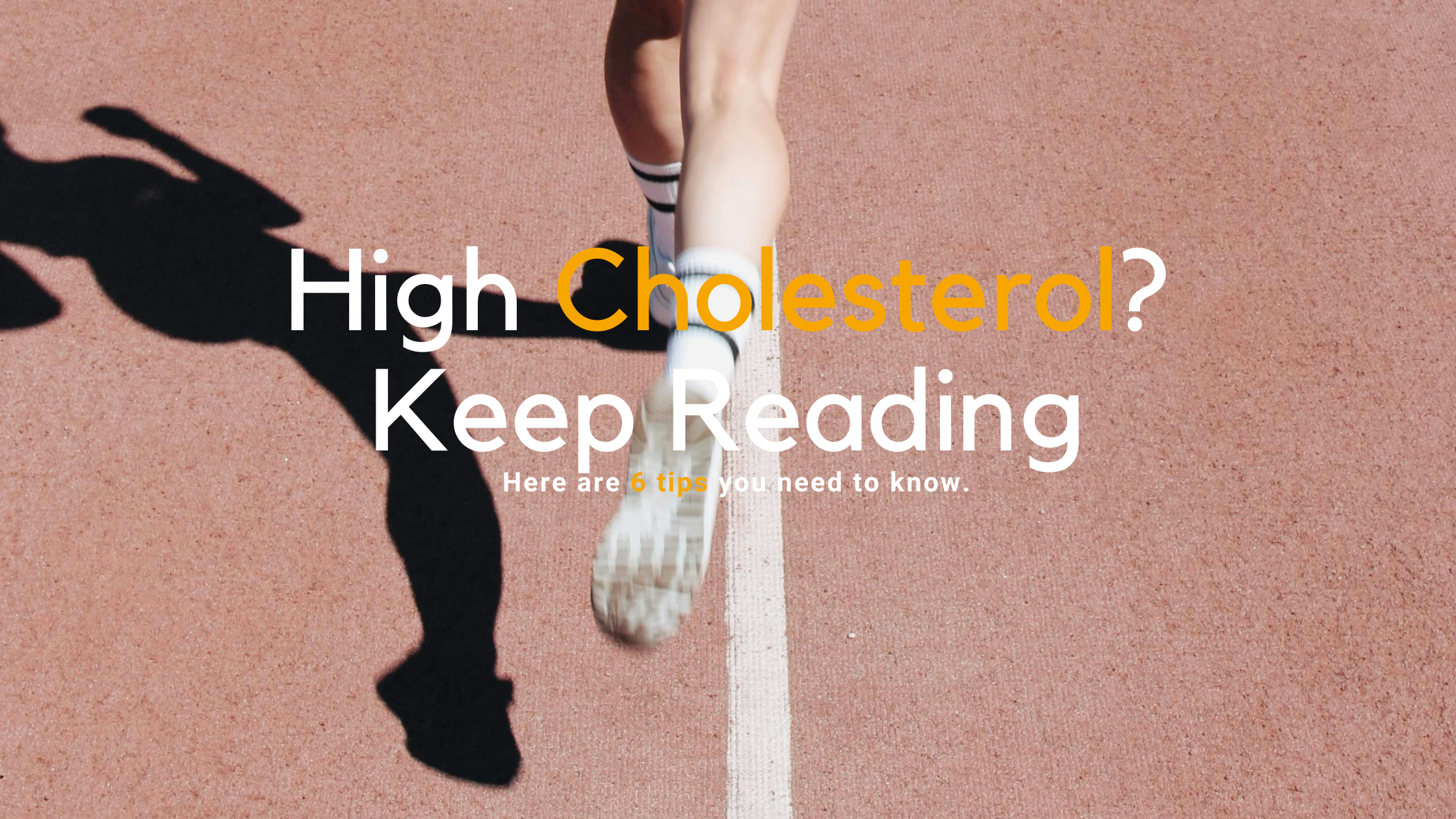Cholesterol plays a vital role in the body. It helps build cell membranes, produce hormones like estrogen and progesterone, and create vitamin D. It’s also a key component of bile, which aids in digesting fats and absorbing fat-soluble vitamins (A, D, E, and K). However, too much cholesterol, especially LDL (“bad” cholesterol), can lead to plaque buildup in arteries, increasing the risk of stroke and ASCVD (atherosclerotic cardiovascular diseases).
As we’ve seen in a previous article, heart disease is the leading cause of death in women, claiming nearly 500,000 lives each year in the U.S.
The good news? You’re not doomed. You can take simple steps to manage your cholesterol and reduce your risk of developing heart diseases.
Understanding Cholesterol: The Good and the Bad
Since cholesterol doesn’t dissolve in blood, it’s carried through the bloodstream by lipoproteins:
- LDL (Low-Density Lipoprotein): This “bad” cholesterol goes to the arteries, where it can accumulate and form plaque. High LDL levels increase the risk of cardiovascular disease.
- HDL (High-Density Lipoprotein): This “good” cholesterol helps remove excess cholesterol from the bloodstream and carries it back to the liver for elimination. Higher HDL levels are beneficial for heart health.
Here’s how you can lower LDL, boost HDL, and keep your heart strong.
1. Eat a Heart-Healthy Diet
Your diet plays a major role in cholesterol levels. Try these simple swaps:
- Increase fiber intake: Foods like oats, beans, lentils, apples, and flaxseeds help lower LDL by preventing cholesterol absorption in the intestines.
- Choose healthy fats: Opt for unsaturated fats from nuts, seeds, avocados, and olive oil instead of saturated fats from red meat and full-fat dairy.
- Limit trans fats: Found in fried foods and processed snacks, trans fats raise LDL and lower HDL—avoid them as much as possible.
- Incorporate plant sterols and stanols: Found in fortified foods like certain margarines, these compounds help block cholesterol absorption.
2. Stay Active
Regular exercise can:
- Increase HDL (“good” cholesterol).
- Improve circulation and heart function.
- Help manage weight, which plays a role in cholesterol levels.
Try to get:
- 150 minutes of moderate exercise (like brisk walking, swimming, or cycling) per week, OR
- 75 minutes of vigorous exercise (like running or high-intensity interval training).
Even small changes, like parking farther away or taking the stairs, can make a difference!
3. Maintain a Healthy Weight
Carrying extra weight, especially around the midsection, can lead to higher LDL and lower HDL. A balanced diet and regular movement can help you maintain a healthy weight and support cholesterol balance. Having difficulty losing weight?
Have a look at our article on weight loss!
4. Quit Smoking
Smoking lowers HDL and damages blood vessels, making it easier for plaque to build up. The good news? Quitting has immediate benefits, within weeks, HDL levels start to improve, and heart health begins to recover.
5. Drink Alcohol in Moderation
While small amounts of red wine have been linked to heart health benefits, excessive drinking can raise triglycerides and increase weight. The best approach? Stick to one drink per day or less for women.
6. Consider Medication if Needed
For some women, lifestyle changes alone may not be enough. If cholesterol levels remain high, doctors may prescribe statins or other cholesterol-lowering medications. These work best when combined with healthy habits.
Takeaway
LDL and HDL are both essential for the body, but balance is key. By making smart dietary choices, staying active, and managing lifestyle factors, you can keep your levels in check and protect your heart health.
If you’re unsure where to start, a doctor or registered dietitian can help you create a personalized plan.
Remember, small changes can have big benefits: the methods mentioned in this article have shown a 2% reduction in the incidence of coronary heart disease for every 1% reduction in total serum cholesterol level. This means only a small difference in your activity levels or your diet could potentially save your life.
Source
Huff T, Boyd B, Jialal I. Physiology, Cholesterol. [Updated 2023 Mar 6]. In: StatPearls [Internet]. Treasure Island (FL): StatPearls Publishing; 2025 Jan-. Available from: https://www.ncbi.nlm.nih.gov/books/NBK470561/


